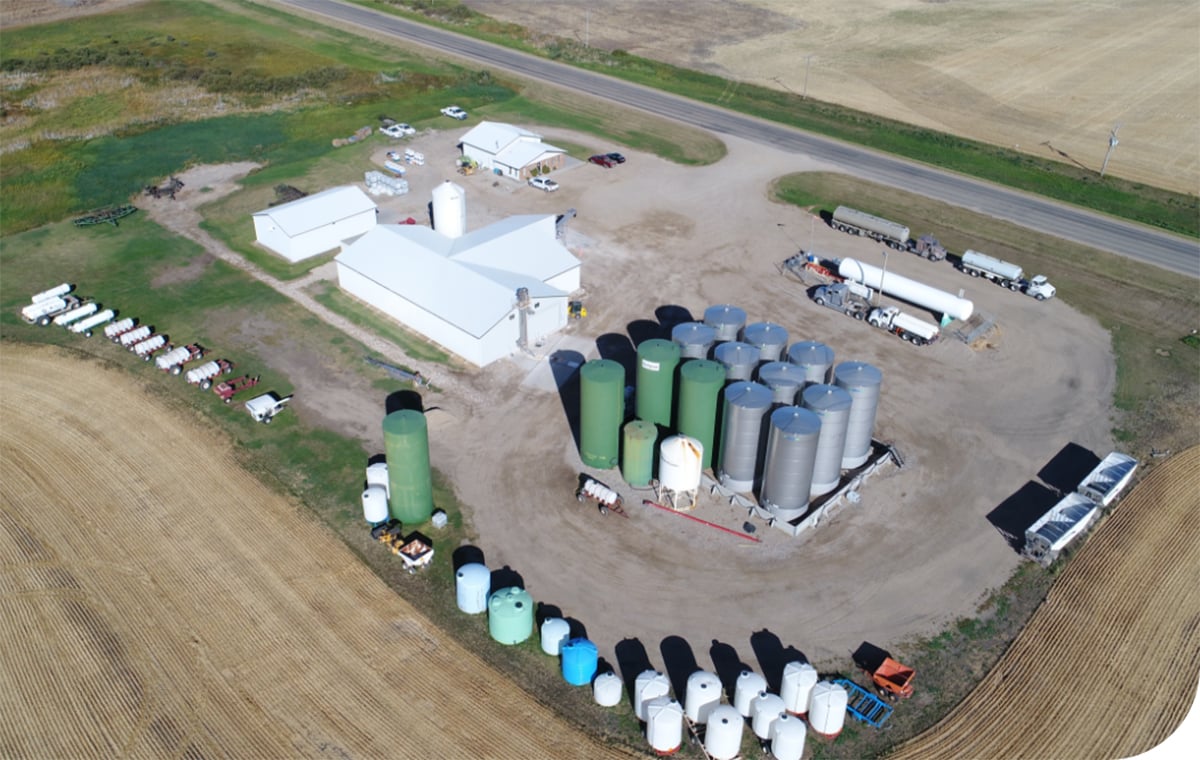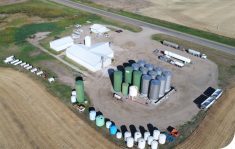Analysts say the impact of a new BSE case on grain markets could range from minimal to monstrous.
So far the discovery of bovine spongiform encephalopathy in an American dairy cow has had little effect on grain and oilseed prices.
Chicago Board of Trade nearby corn futures fell 20 cents US a bushel the first trading day after the United States Department of Agriculture publicized the discovery, but prices have since rebounded.
“Within a week we recovered,” said Cattle-Fax grain analyst Bill Chandler.
It’s a sign that grain markets should escape unscathed from the incident.
Read Also

Saskatchewan Co-ops to acquire Blair’s locations
Blair’s Family of Companies will be turning over the operation of six ag retail locations in Saskatchewan to local Co-ops
“If this is the only case (of BSE), then I expect it to have no impact on grain prices,” he said.
Oilseeds, on the other hand, could benefit from the incident. BSE would have a bullish impact on U.S. soybean prices if the USDA expands the existing ban on feeding ruminant meat and bone meal to cattle.
Currently, ruminant meat and bone meal can be fed to non ruminants. Some are calling for a ban on all feed uses of ruminant protein.
“It would actually lead to an increase in soy meal usage and could push soybean prices even higher,” said the American analyst.
Not everybody shares Chandler’s cheery grain outlook. Canadian Wheat Board director Dwayne Anderson said the emergence of BSE in North America could be cataclysmic.
“It hugely impacts grain. It’s just an enormous impact to grain,” he said.
“Without a healthy feeding industry we can’t build a malt barley export program because we’re not going to have people seeding the barley.”
If cattle farmers have to rationalize their herd size due to reduced beef demand, fewer grain farmers will grow lower quality wheats, which could also hamper the development of a Western Canadian ethanol industry.
Anderson said a downsizing of the cattle industry could mean the loss of up to 40 percent of the farmers in his district of east-central Saskatchewan. That would have a disastrous impact on his grain operation and on local communities.
CWB market analyst Dwayne Lee said a lot depends on how American beef consumers react to the discovery of the disease in their cattle herd.
“That’s the big question mark that needs to be addressed.”
A dramatic decline in U.S. beef consumption would send corn prices downward, dragging barley prices with them, so Western Canadian grain farmers should keep a close eye on the American BSE situation.
But he pointed out that is a highly speculative scenario. So far, American restaurants say there has been no change in American eating habits.
There is really only one certainty that will emerge from the whole BSE situation.
“Feed users will generally move back to more of a hand-to-mouth buying pattern,” said Lee.

















